President of ScanMed RFC, Linda Thulin, participated in meetings and live broadcast connected to the Connecting Europe Express train
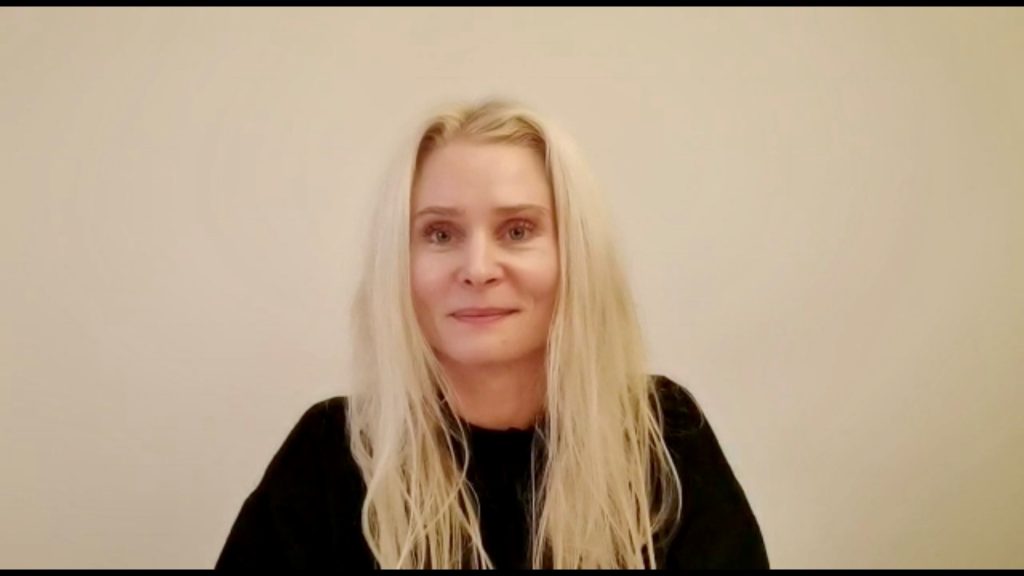
In order to facilitate international travel and freight transports, railway transport must be more easily accessible on an international level. It is ultimately the passenger or the transport buyer who chooses the transport options and transport modes.
To make this possible, stakeholders in the railway industry need to cooperate, coordinate and jointly strive to make railways more accessible.
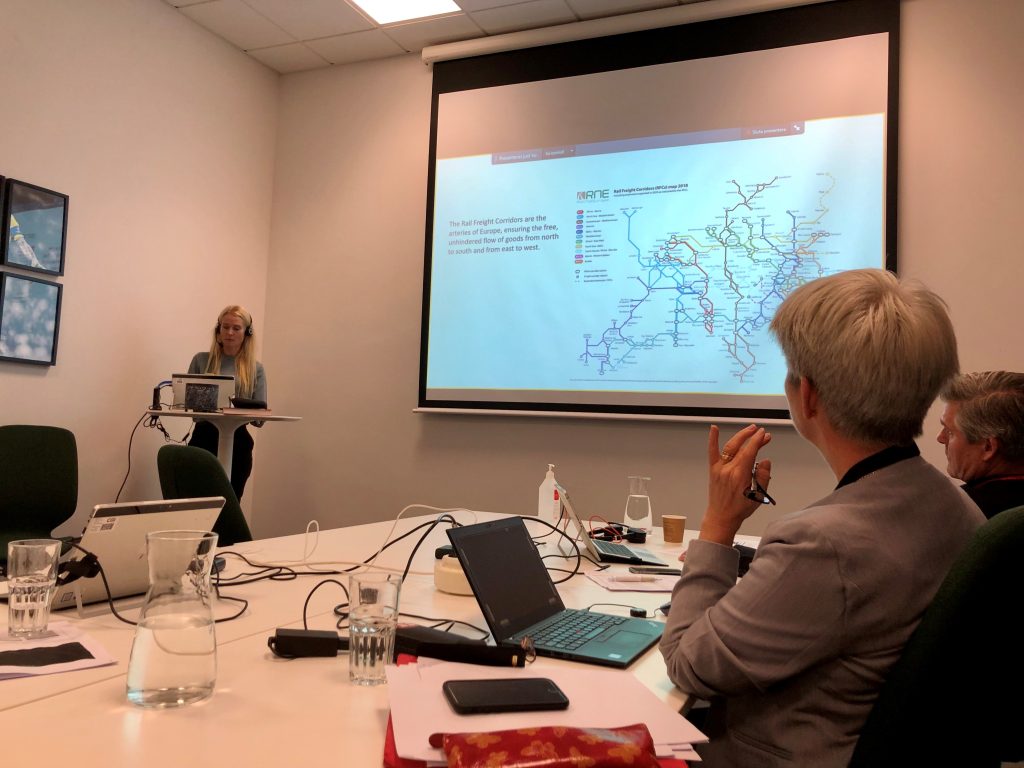
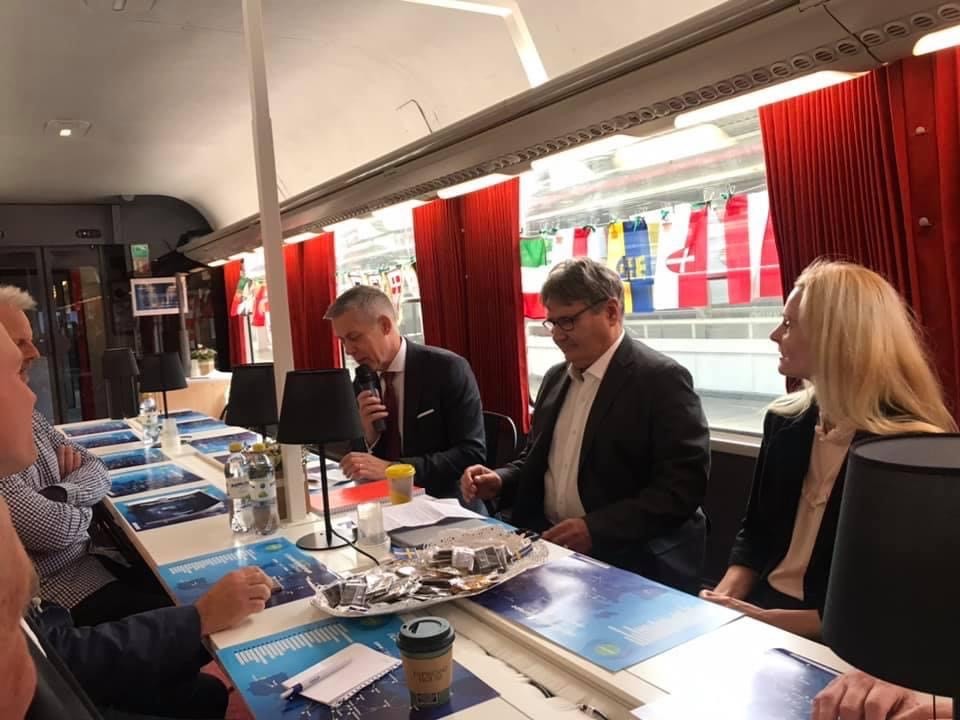
The entire chain of stakeholders needs to reflect on ways to create new opportunities based on the market needs. Each country has developed solutions that work in the best way from a national perspective.
However, increasing the share of international rail transport and thereby supporting the achievement of our climate goals, calls for greater willingness to compromise and develop common solutions from an international perspective. It is also important to overcome national particularities that becomes barriers for the ones using railway.
Railway don’t stand alone, the goods is always loaded and unloaded and transported also by trucks and boats to reach the final destination, there is a need for cooperation so it will become easier to integrate railway transportation with boats and trucking.
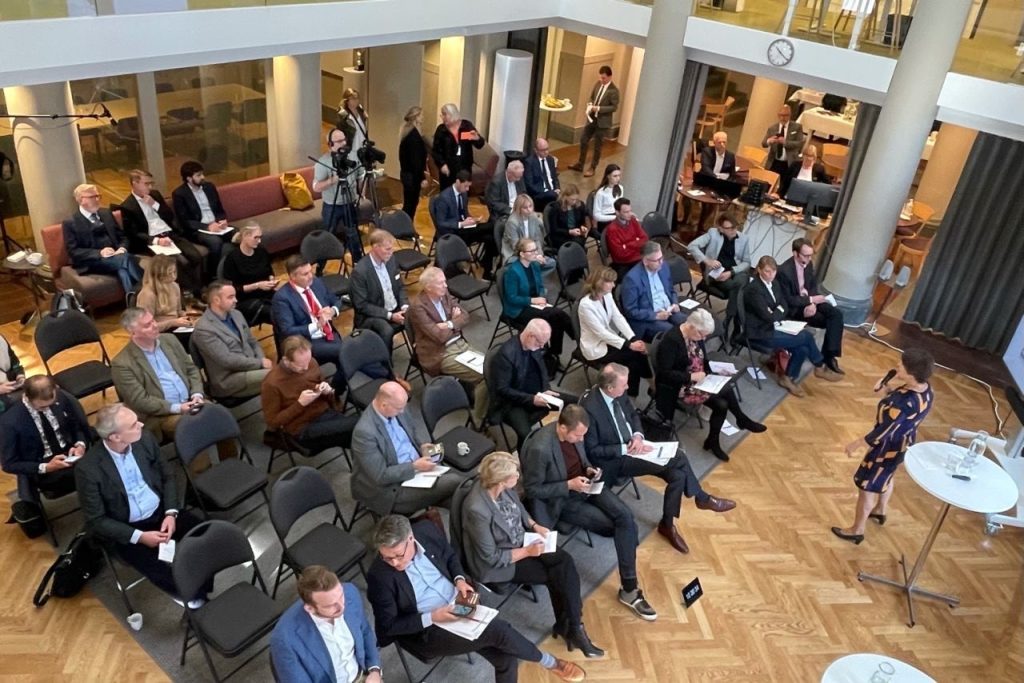
ScanMed RFC aims at being the backbone of a logistic service chain, better connecting rail to other modes, such as road and sea transport. Taking responsibility for supporting the evolution of a smooth logistic chain and Co-developing, with all stakeholders, innovative services and solutions with increased reliability and simplicity.
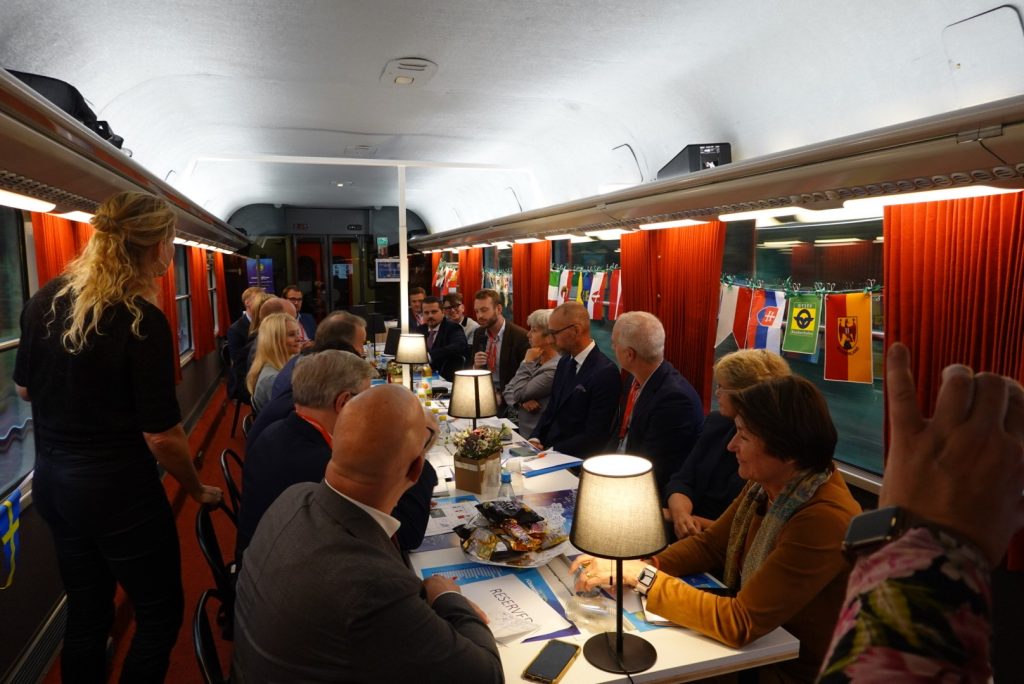
During discussions aboard the Connecting Europe Express train last week, Swedish Capacity Management expert, Per-Åke Wärn, expressed that when it comes to the conclusions raised by the EU 913/2010 evaluation about RFCs and PaPs not meeting the customer expectations, this does not reflect on the norther part of the ScanMed RFC.
Already from the first of the introduction of the ScanMed offer of pre planned paths the requests rates has reach +150% of the offer for the Maschen – Malmö section. The reason for this success is attractive well coordinated paths with competitive running times which attract the majority of the freight operators.
Another non-negligible contributing factor is also the willingness of all stakeholders to actively use the PCS tool for requests and allocation of the capacity, a possibility of which the benefits were communicated by the involved IMs well ahead of the first ScanMed offer. The advantages of PCS for international path coordination has been acknowledged by the applicants to such an extent that all freight trains and long distance passenger trains crossing the Swedish/Danish border are requested via PCS.

